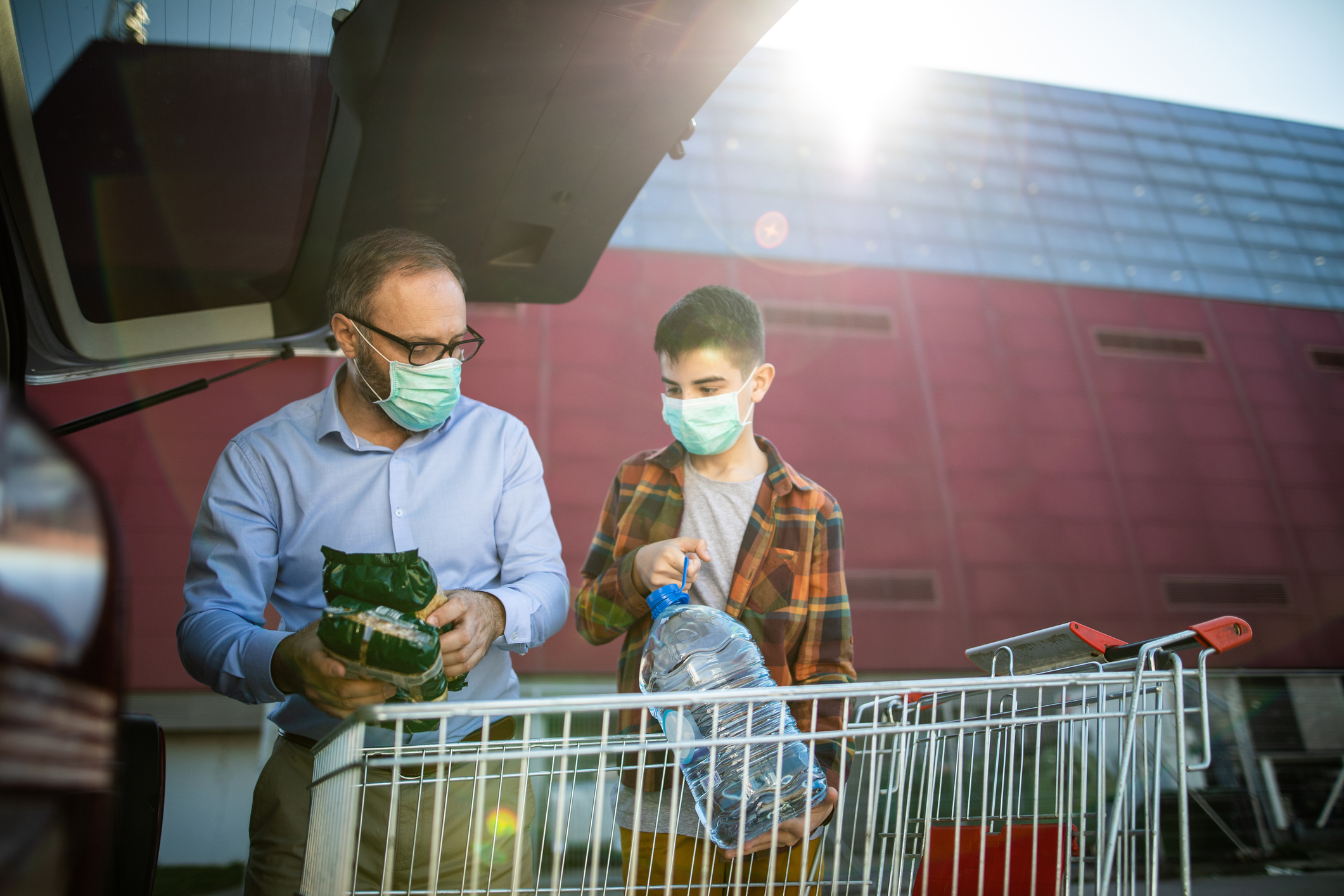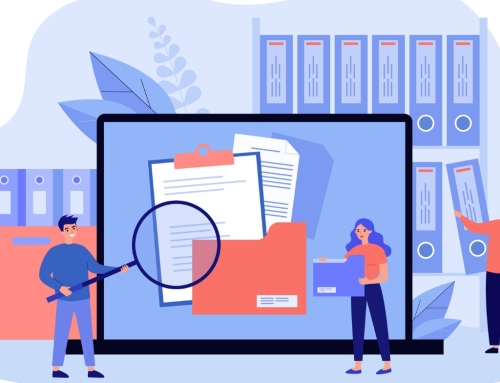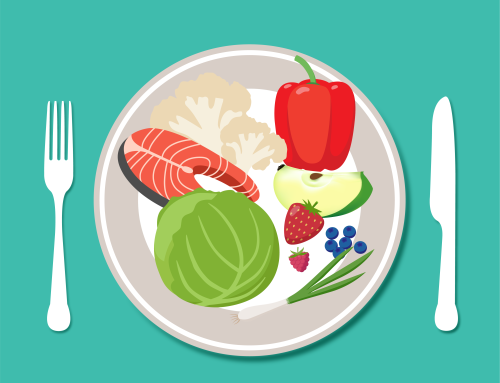Updated May 6, 2020
Earlier this month the President signed the “Families First Coronavirus Response Act,” which is a bill that will increase funding to several federal programs in response to the COVID-19 viral outbreak. The bill aids Americans in the areas of healthcare (including COVID-19 testing), nutrition, paid sick leave, unemployment, family and medical leave, and more.
Below is a list of resources for dialysis patients to help them get additional support during the COVID-19 viral outbreak and beyond. Resource topics include: disability, financial assistance, nutrition, healthcare, housing and utilities, jobs, transportation, women and children, daily living, and staying safe. In addition, visit your state department of health website for COVID-19 information that is specific to your area.
Disability Assistance
Review the options for federal and state disability assistance by visiting the website below and selecting your state in the drop down.
https://www.benefits.gov/categories/Disability%20Assistance
Financial Assistance
Explore the options for federal and state financial assistance by visiting the website below and selecting your state in the dropdown. Concentrate the list further by:
- Tax Assistance
- Living Assistance
- Insurance
- Loan Repayment
https://www.benefits.gov/categories/Financial%20Assistance
Temporary Assistance for Needy Families (TANF)
The TANF program helps low-income families get back on their feet. The range of assistance and program criteria vary by state. For application information visit: https://www.acf.hhs.gov/ofa/help
Food and Nutrition
Public Resources
Discover the options for federal and state government nutrition assistance by visiting the website below and selecting your state in the dropdown. Refine your results by choosing from the following subcategories:
- School Assistance
- Food Stamps
- Women and Children
https://www.benefits.gov/categories/Food%20and%20Nutrition
The Supplemental Nutrition Assistance Program (SNAP) is a federal nutrition assistance program that helps low-income people by providing a card (similar to a debit card) that can be used to purchase eligible food at authorized retail food stores. To learn about eligibility visit: https://www.fns.usda.gov/snap/recipient/eligibility
The Emergency Food Assistance Program (TEFAP) is a federal program that provides low-income people with free emergency food assistance. To learn about eligibility visit: https://www.fns.usda.gov/tefap/applicant-recipient
Private Service
Meals on Wheels America is a national organization that focuses on senior isolation and hunger. Specifically, the organization helps American seniors live fulfilled lives with independence and dignity by delivering healthy meals, making friendly visits and doing safety checks. To find a local Meals on Wheels service provider, visit: https://www.mealsonwheelsamerica.org/find-meals
Healthcare and Medical Resources
Federal and State Assistance Programs
Learn about federal and state government healthcare assistance by visiting the website below and selecting your state in the dropdown. You can further focus your search by filtering for the following categories:
- HIV/ AIDS
- Medicaid and Medicare
- Medicare Social Security
- Disability Assistance
- Veterans’ Health
- Children’s Health
- Counsel and Counseling
https://www.benefits.gov/categories/Healthcare%20and%20Medical%20Assistance
COBRA Continuation Coverage
If you lose your job, COBRA Continuation Coverage may be worth considering for maintaining healthcare coverage until you find a new employment opportunity.
https://www.cms.gov/CCIIO/Programs-and-Initiatives/Other-Insurance-Protections/cobra_qna
Telehealth and Telemedicine
Below is a toolkit designed to help End-Stage Renal Disease (ESRD) patients increase access to quality healthcare by expanding the use of technology for telehealth and telemedicine. Although the toolkit is geared towards healthcare professionals, it outlines the three types of services Medicare beneficiaries can expect when using technology to meet their healthcare needs.
https://www.cms.gov/files/document/esrd-provider-telehealth-telemedicine-toolkit.pdf
Housing and Utility Resources
Find out about federal and state government assistance programs related to housing and utilities at the website below and selecting your state in the dropdown.
https://www.benefits.gov/categories/Housing%20and%20Public%20Utilities
Low Income Home Energy Assistance Program (LIHEAP)
The LIHEAP program help low-income households with their heating and cooling bills.
https://www.acf.hhs.gov/ocs/resource/consumer-frquently-asked-questions
Job-Related Resources
Employment and Career Development
Find out about federal and state government career opportunities by visiting the website below and selecting your state in the dropdown.
https://www.benefits.gov/categories/Employment%20and%20Career%20Development
Unemployment Assistance
Review federal and state government unemployment assistance programs by visiting the website below and selecting your state in the dropdown.
https://www.benefits.gov/categories/Unemployment%20Assistance
Disaster Unemployment Assistance
If you do not qualify for regular unemployment assistance, you may be eligible for disaster unemployment assistance, which provides assistance to people who have become unemployed as a direct result of a Presidentially declared major disaster:
https://oui.doleta.gov/unemploy/disaster.asp
US Department of Labor Resources
Explore topics related to workplace safety; wages, hours and leave; unemployment insurance flexibilities; support for dislocated workers and states; and more.
https://www.dol.gov/coronavirus
Transportation
The US Department of Transportation provides a summary of how the different sectors of the transportation industry are addressing the COVID-19 outbreak.
https://www.transportation.gov/coronavirus
Ride-Sharing Applications
Multiple ride-sharing companies are expanding their services to increase patient access to quality healthcare: https://www.forbes.com/sites/brucejapsen/2020/03/05/uber-and-lyft-launch-new-services-to-address-social-determinants-of-health/amp/
Travel Assistance for Veterans
Kidney disease is 34 percent higher among veterans than the general population. Below are some federally-funded travel resources for this group:
Travel Reimbursement: https://www.benefits.gov/benefit/314
Automobiles and Adaptive Equipment for Disabled Veterans and Servicemembers: https://www.benefits.gov/benefit/278
Women and Children Assistance
For federal and state government assistance specifically geared toward women and children visit the website below and select your state in the dropdown.
https://www.benefits.gov/categories/Women%20and%20Children
WIC Program
The Special Supplemental Nutrition Program for Women, Infants, and Children (WIC) is a federal government assistance program that helps low-income pregnant women, breastfeeding women and children below age five with healthcare and nutrition.
Daily and Home Living
This resource is a checklist for creating a household plan of action: https://www.cdc.gov/coronavirus/2019-ncov/daily-life-coping/get-your-household-ready-for-COVID-19.html
Here is a guide for cleaning and disinfecting your house: https://www.cdc.gov/coronavirus/2019-ncov/prevent-getting-sick/cleaning-disinfection.html
This is a guide for family members and caregivers of people who have or suspected to have the COVID-19 virus: https://www.cdc.gov/coronavirus/2019-ncov/if-you-are-sick/care-for-someone.html
Managing stress and anxiety: https://www.cdc.gov/coronavirus/2019-ncov/daily-life-coping/managing-stress-anxiety.html
Caring for children: https://www.cdc.gov/coronavirus/2019-ncov/daily-life-coping/children.html
Pets and COVID-19: https://www.cdc.gov/coronavirus/2019-ncov/daily-life-coping/animals.html
Staying Safe
Dialysis Facilities
This informational handout is for dialysis facilities to share with patients and caregivers to explain how they are preparing for the possible arrival of patients with COVID-19:
https://www.cdc.gov/coronavirus/2019-ncov/downloads/healthcare-facilities/316157-A_FS_KeepingPatientsSafe.pdf
This article discusses how the dialysis facilities are working together to ensure all patients receive life-saving dialysis treatments during the COVID-19 outbreak:
Dialysis Patients
This handout is for patients on dialysis to learn more about what COVID-19 means for their daily activities and their dialysis treatments:
https://www.cdc.gov/coronavirus/2019-ncov/downloads/healthcare-facilities/316158-A_FS_ProtectSelfAndFam.pdf
You’re High Risk and Your Partner Has to Work Outside the Home: 7 Coronavirus Precautions to Take
Here’s how to protect yourself during COVID-19 — even when your loved one can’t stay home, either because of being an essential worker or your state is starting to loosen the stay-at-home orders: https://creakyjoints.org/living-with-arthritis/coronavirus-precautions-high-risk-people-live-with-essential-workers/?utm_source=GHLF+COVID-19+Support+Program&utm_campaign=e8a78b64f4-real-time_email-10-all-members&utm_medium=email&utm_term=0_e0b05b1451-e8a78b64f4-233039569
General Population
This article reports on the positive impact strict containment strategies are having on helping to slow the spread of COVID-19: https://nyti.ms/3dNWgwO
This article explains the effectiveness of wearing masks: https://www.wired.com/story/its-time-to-face-facts-america-masks-work/
Additional Assistance Programs
Fill out this questionnaire at the website below to determine if you are eligible for additional federal and state assistance programs.
https://www.benefits.gov/benefit-finder
Please let us know if you uncover any additional COVID-19 resources for dialysis patients.




